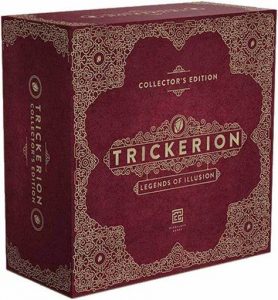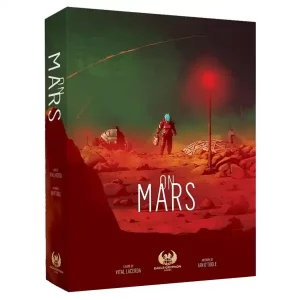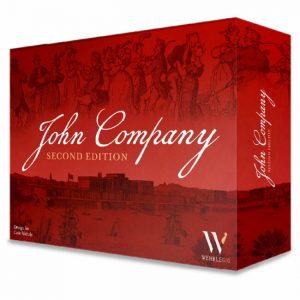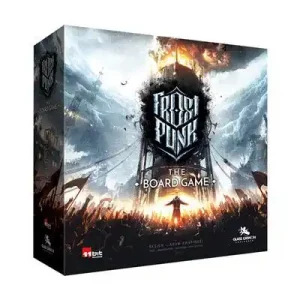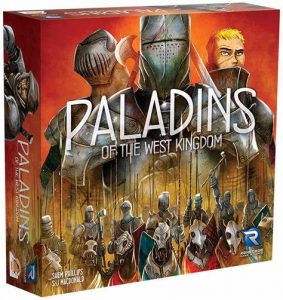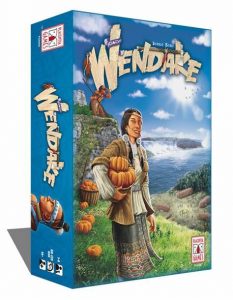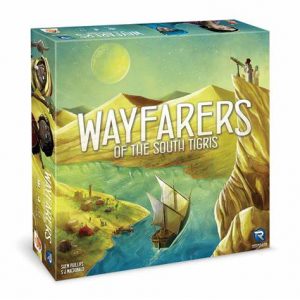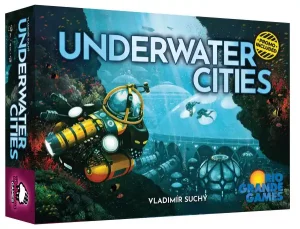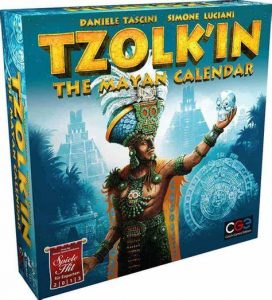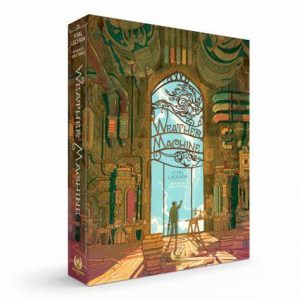
Weather Machine
“Natural disasters will soon be a thing of the past!” proclaimed Professor Sêni Lativ, Project Chief of Meteorological Manipulation at Lightning Technologies. Tests of his new invention, the Weather Machine, showed positive results. Visions of quelling floods, subduing cyclones, and ending droughts made him smile.
In Weather Machine, you are scientists on Prof. Lativ’s team, tampering with local weather: adjusting rainfall for farms, maintaining wind and clear skies for ecological energy sources, and tweaking the temperature for resorts and sporting events. The prototype is quite effective so far; however, a pattern has emerged, revealing a worrying side effect: Each use of the Weather Machine also alters the conditions elsewhere on the planet — a “butterfly effect”.
“We must build a new prototype,” he announces as the agents shoot him sidelong glances; “…but this time we’re going to get it right.” The agents silently give a single, crisp nod of confirmation. “The government is funding this, and we will succeed.” As Prof. Lativ explains the plan, the need to secure suppliers for sufficient bots and chemicals is clear. In addition to the materials, time is of the essence; you must be focused and efficient to have any hope of reining this growing global terror, Earth’s atmosphere before conditions are too harsh for Homo sapiens and other species.
Game Mechanics:
- Action Points
- Set Collection
- Tile Placement
- Worker Placement
Game Specifications:
- 2 – 4 Players
- 60 – 150 Minutes
- Difficulty Weight 4.55
